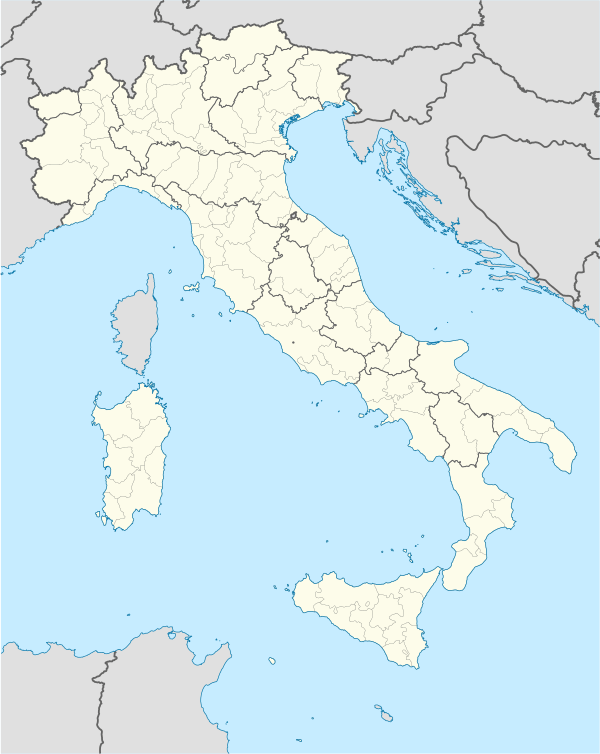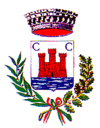Castro, Apulia
| Castro | ||
|---|---|---|
| Comune | ||
| Comune di Castro | ||
|
Castro | ||
| ||
 Castro Location of Castro in Italy | ||
| Coordinates: 40°1′N 18°24′E / 40.017°N 18.400°E | ||
| Country | Italy | |
| Region |
| |
| Province | Lecce (LE) | |
| Frazioni | Castro Marina | |
| Government | ||
| • Mayor | Alfonso Capraro | |
| Area | ||
| • Total | 4 km2 (2 sq mi) | |
| Elevation | 100 m (300 ft) | |
| Population (September 2009)[1] | ||
| • Total | 2,516 | |
| • Density | 630/km2 (1,600/sq mi) | |
| Demonym | Castrensi or Castrioti | |
| Time zone | CET (UTC+1) | |
| • Summer (DST) | CEST (UTC+2) | |
| Postal code | 73030 | |
| Dialing code | 0836 | |
| Patron saint | Maria SS. Annunziata (principal) and Santa Dorotea | |
| Saint day | 25 April and 6 February | |
| Website | Official website | |
Castro is a town and comune in the Italian province of Lecce in the Apulia region of south-eastern Italy.
History
Castro derives its name from Castrum Minervae (Latin for "Minerva's castle"), which was an ancient town of the Sallentini, about 15 kilometres (9 mi) south of Hydruntum. Its ancient temple of Minerva was said to have been founded by Idomeneus, who formed the tribe of the Sallentini from a mixture of Cretans, Illyrians and Italian Locrians.
It is also said to have been the place where Aeneas first landed in Italy, the port of which he named Portus Veneris ("Port of Venus"). The temple had lost some of its importance in Strabo's day.
The bishopric of Castro was founded by Pope Leo II in 682. In the 9th century it is mentioned as a suffragan of Santa Severina, but in the 12th century it came under the jurisdiction of Otranto. In the 16th century Castro was destroyed by the Turks and the bishop moved his residence to Poggiardo in 1572.[2][3] The territory of the diocese was added to that of Otranto in 1818,[4] and Castro di Puglia, no longer being a residential bishopric, is today listed by the Catholic Church as a titular see.[5]
References
- ↑ Population data from Istat
- ↑ Konrad Eubel, Hierarchia Catholica Medii Aevi, vol. 1, p. 173; vol. 2, pp. XIX, 121; vol. 3, pp. 157-158; vol. 4, p. 139; vol. 5, p. 148; vol. 6, p. 153-154
- ↑ Pius Bonifacius Gams, Series episcoporum Ecclesiae Catholicae, Leipzig 1931, pp. 873-874
- ↑ Bolla De utiliori, in Bullarii romani continuatio, Tomo XV, Romae 1853, pp. 56-61
- ↑ Annuario Pontificio 2013 (Libreria Editrice Vaticana 2013 ISBN 978-88-209-9070-1), p. 862
![]() This article incorporates text from a publication now in the public domain: Chisholm, Hugh, ed. (1911). Encyclopædia Britannica (11th ed.). Cambridge University Press.
This article incorporates text from a publication now in the public domain: Chisholm, Hugh, ed. (1911). Encyclopædia Britannica (11th ed.). Cambridge University Press.
External links
- Castro Marina
-
 Media related to Castro, Apulia at Wikimedia Commons
Media related to Castro, Apulia at Wikimedia Commons
